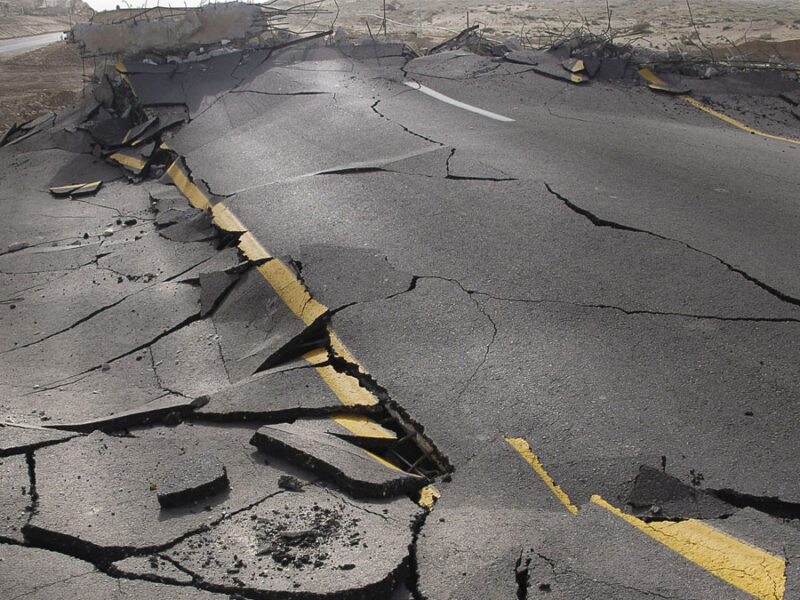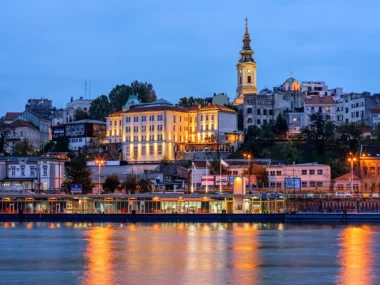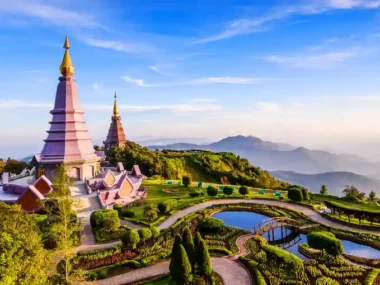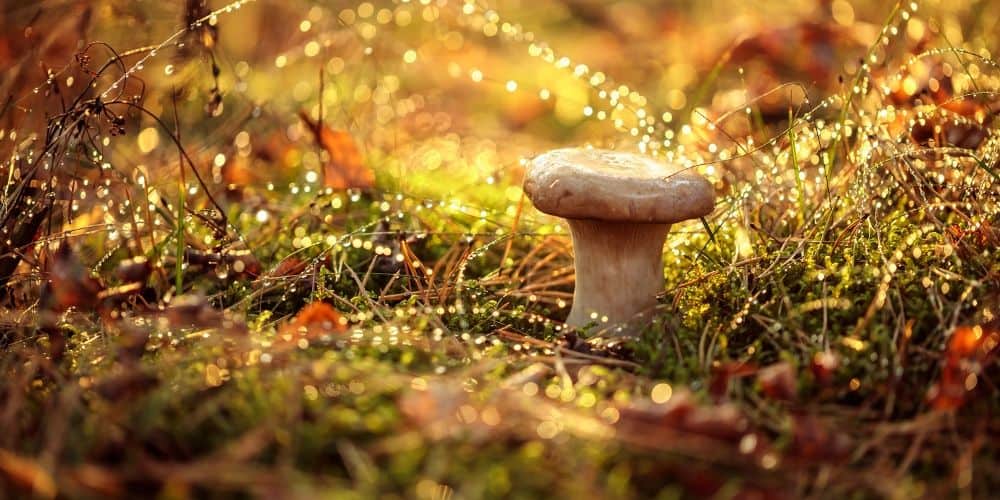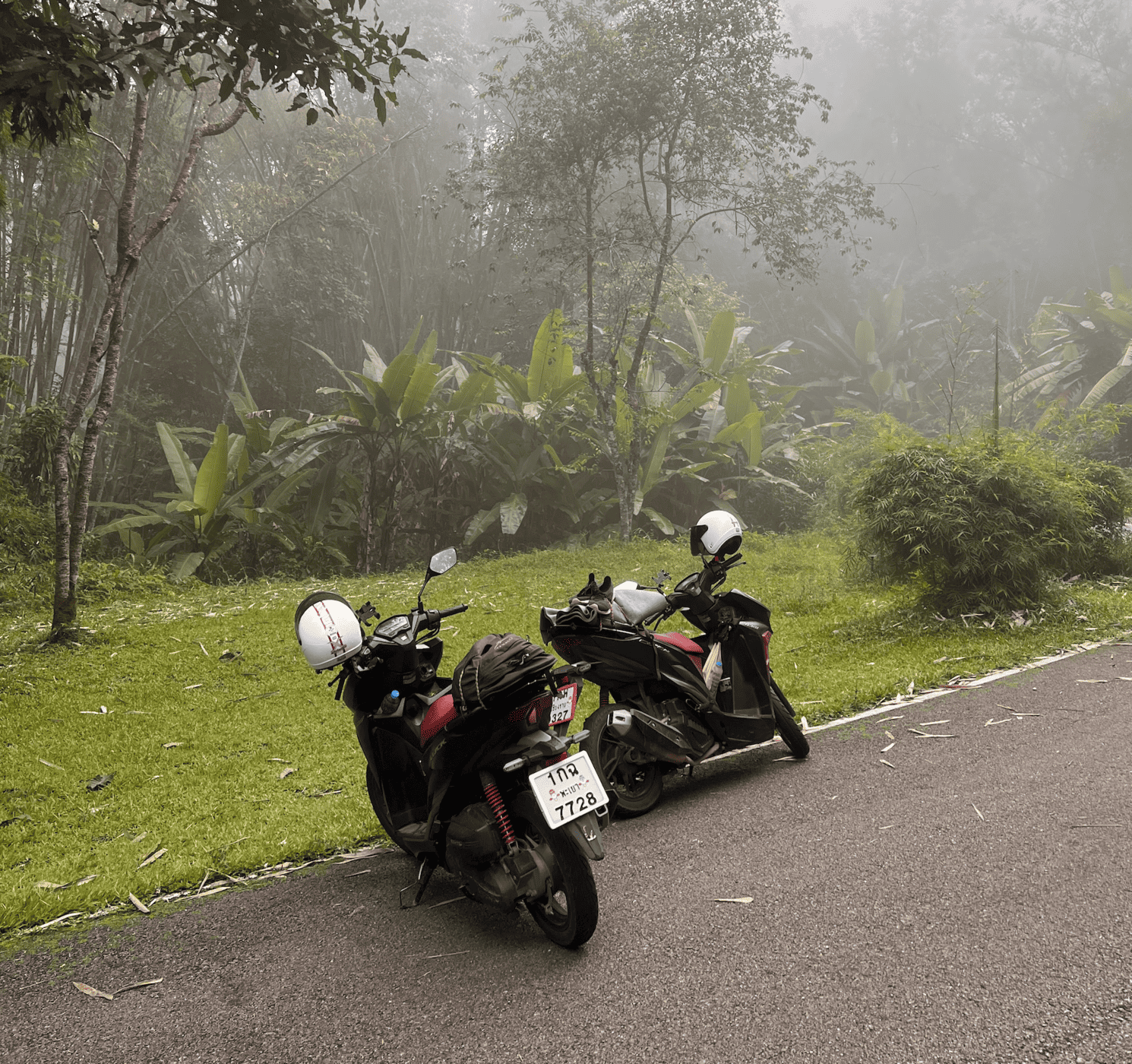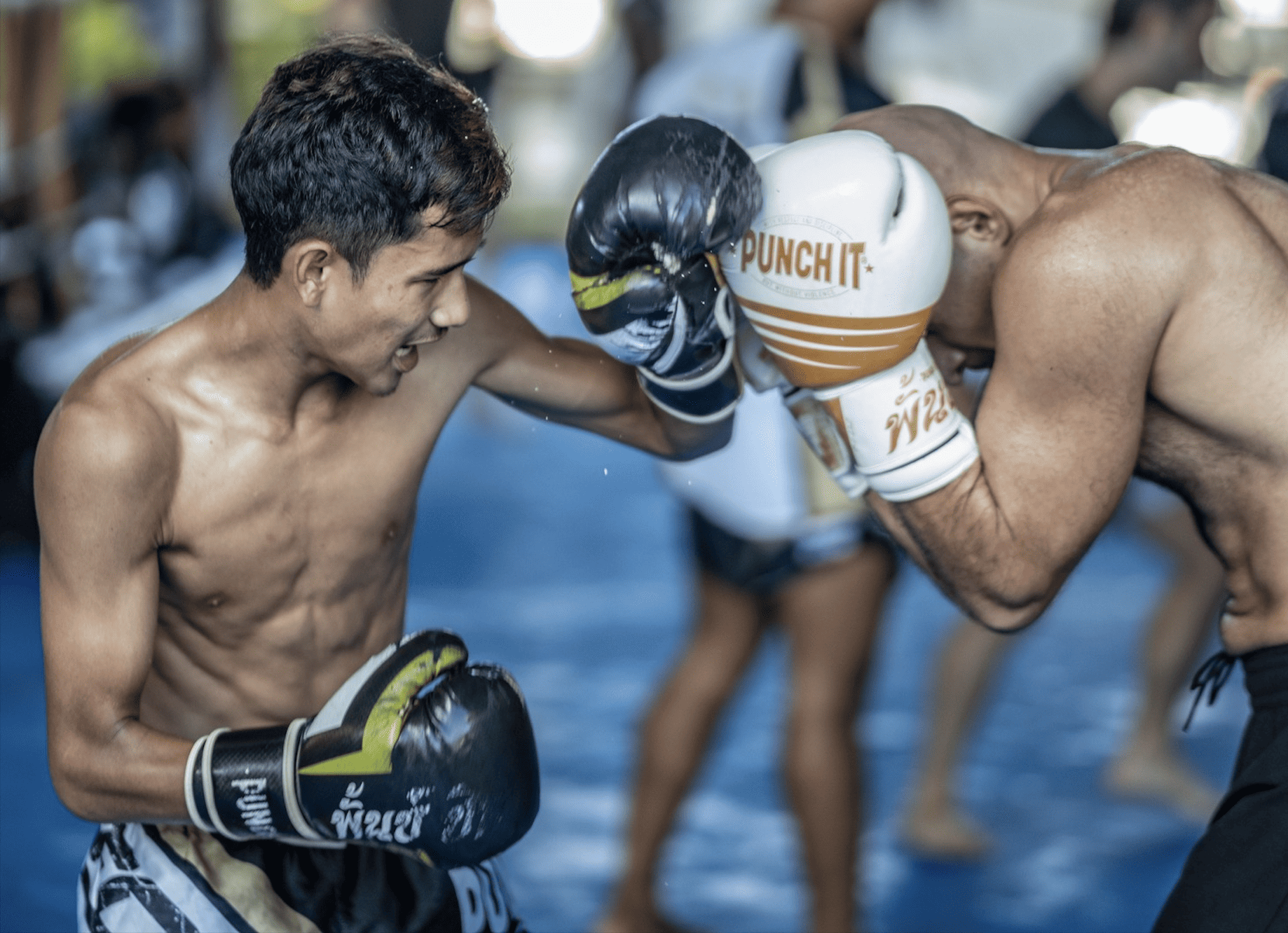Table of Contents
When I was 7 years old, my family had just moved to Kentucky. As strangers in the midwest, we were blissfully ignorant of the awesome power of nature that sometimes befalls that region – until January 24th, 1997, when a tornado tore through our neighborhood, ripping houses apart and tearing roofs from frames.
It happened so suddenly – one minute, the lights were flickering and my Mom was turning up the heat on the stove so that the sausages could finish cooking before the power went out…and the next moment, it sounded like a train was driving through the house at top speed. In the moment, I felt terrified to my core. After what seemed like hours, the deeply-reverberating thunder abated, and we went outside to survey the damage.
Huge trees were uprooted, lying every which way. Parts of houses were reduced to piles of rubble. Roof shingles littered the ground. Thankfully, everyone was ok, and to my sheltered 7-year-old self, this scene of utter destruction was nothing short of fascinating and awe-inspiring.
Ever since that day, I’ve been hyper-aware of travel disaster risks wherever I’ve gone, and sometimes a bit hyper-fixated on disasters. I’ve even maintained that I have a sixth sense for natural disasters–or in other words, a cooler term for paranoia. And as a nomad, I’ve had my fair share of travel disasters.Some of the stories are nothing short of remarkable.
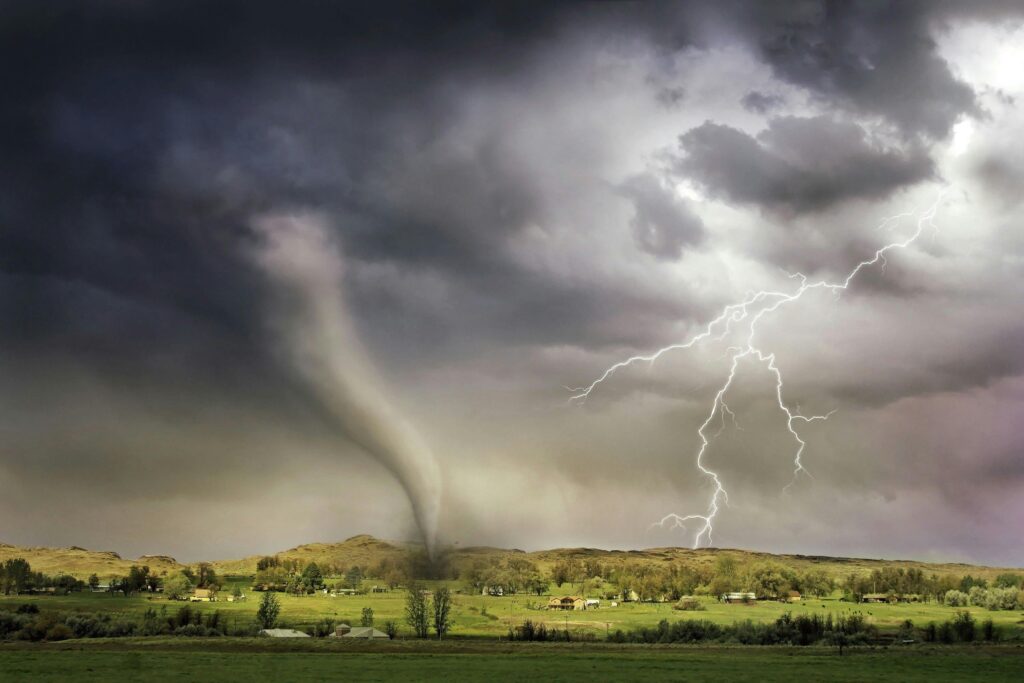
15 years post-tornado, I signed up to spend a semester abroad studying Buddhism in Nepal and chasing cute Buddhist boys. Just after paying the deposit, my belly dropped and a sense of doom overtook me as I remembered that the Himalayan region is prone to powerful earthquakes and travel disasters.
Like any good neurotic, I spiraled into a Google rabbit hole and discovered that Kathmandu (the capital of Nepal) was not only earthquake-prone, it was at the tippity top of earthquake ‘watch lists’ worldwide: The region, it seemed, could expect an earthquake of catastrophic proportions approximately every 75 years…and it was overdue.
To make matters worse, I discovered that Kathmandu was built of “brickpile high rises” – or hastily built multi-story homes without steel reinforcement. And, the city sits on a lakebed, which means that the sand can act as a liquid in an earthquake, magnifying shaking and tipping buildings every which way.
Frantically, I did something my logical brain knew was futile: Googled ‘earthquake prediction’.
What happened next never ceases to astound me.
Earthquake Prediction and Travel Disasters:
The search turned up a retired entomologist called ‘Reginald Roberts’ who was great at pattern recognition and claimed to be predicting earthquakes.
He documented all his efforts on a simple, shoddily-built website, but it got the job done: tables that included the relevant seismically-active geographical region, the magnitude range of the biggest predicted earthquake within a certain radius of a particular point in that region during the upcoming lunar cycle, the date (+/- 3 days) of the expected earthquake, and updated data for previous months showing whether his predictions had been correct.
At first, I was skeptical–but as I examined his charts from previous months, I could see that his disaster predictions were usually either right on the nose or not far off. However, the Himalayan region wasn’t listed on Reg’s site– so my incredulity and desperation drove me to email him. I emailed the crazy earthquake prediction guy and feverishly asked him to look into Kathmandu and check whether there might be an earthquake there soon.
To my surprise, he actually emailed back:
“Although I find no real evidence that something big is actually overdue,
there is good evidence that at least a strong earthquake is imminent, later
this month! The most likely timing is about September 18+/-3 days, but in
any case it will almost certainly happen by year’s end[…]The forecast is for an approximate M6.5 (range M5.5-M7.5)”
He later told me that he really didn’t think it would be too big of a deal in Kathmandu, so I didn’t worry too much–but I was intrigued.
After arriving in Nepal, I quickly made friends, and they began to make fun of my travel disaster paranoia. I felt like I could feel the tension mounting under the ground, and I effused to anyone who would listen about the importance of being prepared for our overdue earthquake.
Of course, no one took me seriously. So, fearing being considered even more crazy, I didn’t tell anyone about the earthquake prediction guy, not even my cute new Buddhist boyfriend (let’s call him BB).
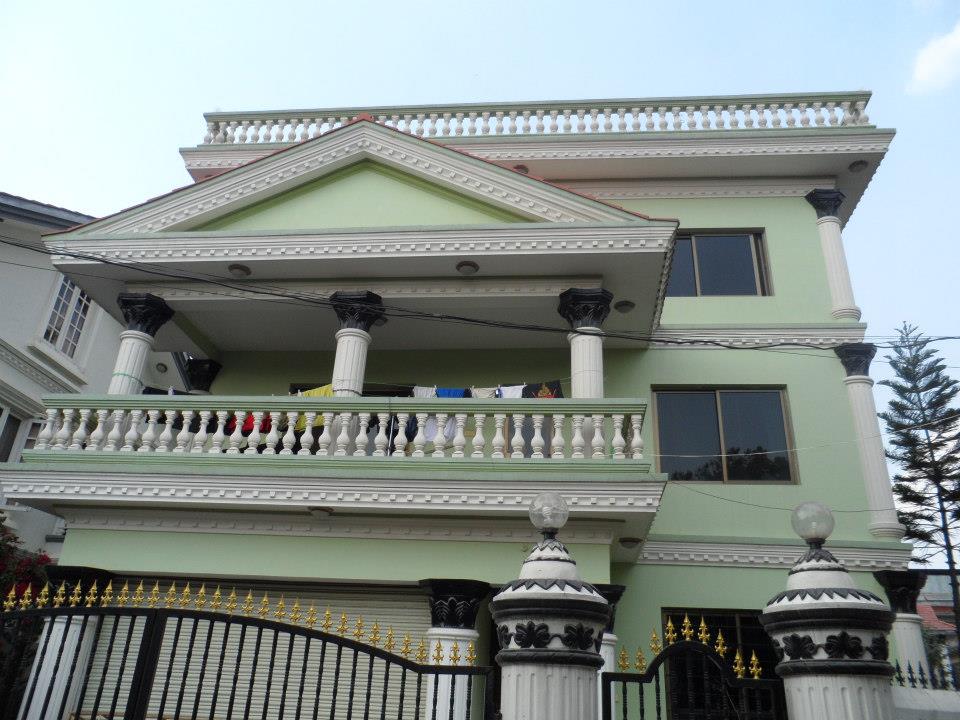
On September 18th exactly, at 6:10 in the evening, I was sitting on BB’s bamboo bed doing homework. The bed started shaking. And shaking some more. I looked up at BB in pure disbelief and amusement… and simply smiled broadly.
He had never felt an earthquake in his one year living in Nepal, so he was shocked that I’d actually been onto something with my earthquake paranoia.
The quake, it turned out, was a 6.9, a few notches above Reg’s prediction but still within the range he’d specified. It struck near Siliguri, India, which was near the geographical point Reg had indicated.
Unfortunately, many people there lost their homes and their lives, and two people died when a wall collapsed on them in Kathmandu – but for the most part, our city was unscathed. This, of course, was not ‘the big one’.
The next day, our school called an emergency meeting; the whole student body was packed into a classroom like sardines as we listened to someone ramble on about earthquake protocols and the fact that (contrary to Reg’s opinion) we indeed were overdue for ‘the big one’. It seemed that the medium one had been a wakeup call.
Towards the end of the meeting, I meagerly raised my hand and told everyone about Reg Roberts and his prediction. Everyone sat silent and perplexed, and I felt like I could cut the cognitive dissonance in the air with a knife.
I wasn’t sure whether to feel validated, or insecure; no one could explain how this could have happened, and I wondered if they even believed me. Earthquake prediction isn’t possible. We know that. So how could this have been so stunningly accurate?
I still don’t know the answer, and unfortunately, I haven’t been able to contact Reg in quite some years. But, the experience left me with an eerie sense that sometimes our wildest fears can hold a kernel of truth – and that it’s important to be prepared for disasters, especially while traveling.
A Tsunami Scare: When Dream Trips Turn into Travel Disasters
7 years and 2 boyfriends later, I was relishing in the beauty of Kuta, Lombok, Indonesia. I’d been wanting to bring a boyfriend there for years after discovering it as a single lady and thinking what an amazing couples getaway it would be. So, Lokesh and I loaded up our bags onto the slow boat from Bali and dove right into life in Lombok.
A couple of days later, we decided to spend a few hours apart. We’d been attached at the hip for a few weeks of travel, and some space was in order. I felt some kind of gutteral apprehension at this prospect, but convinced myself it was nothing, so off I went to read a book by the pool at our hotel.
I’d picked up this book in a hostel in Haifa weeks earlier, and it looked like just my kind of story. However, for some reason I’d been feeling a resistance to reading it, but finally decided that that was the time.
The first few pages were about how whenever disaster strikes, people always start telling the story with the words “it was an ordinary day…”.
“Today is an ordinary day”, I thought, that old sense of paranoia beginning to mount. The idea that disaster could happen on a normal day like today drove me to start haphazardly started going through notes on my phone and deleting them – I sometimes write inflamed, angry notes when I’m upset about something. Think heat-of-the-moment, emotional diatribes on interpersonal issues. The kind of stuff you might think when you’re angry and need to express somehow, but would never want to actually share.
Lest my ordinary day turn into a disaster and something happen to me, I reasoned, I didn’t want people finding those notes and thinking I was a very bitter and unkind person.
I finished deleting the nasty notes and started to charge my phone and computer, wires crisscrossing my lap. A few minutes after diving back into the book, everything started swaying. Yep, that’s right–another earthquake.
As I stood up to try to flee, the phone and computer fell to the floor and I found myself entangled in a web of charger wires and devices. After freeing myself, I went outside and looked up at the shaking buildings with a mixture of fear and amazement.
After it stopped, I searched desperately for Lokesh. Luckily, he wasn’t far away. We excitedly discussed what had just transpired and then observed something strange:
Everyone seemed to be driving away. People were rushing off on motorbikes and in cars. Someone carried a bony old lady downstairs from a building and put her in the bed of a pickup truck filled with people, which promptly sped off in the same direction the other vehicles had gone.
Not wanting to miss out on whatever party everyone else seemed to be invited to, we eventually asked someone in a cafe where people were going.
The answer sure did raise my blood pressure: Since we were right by the ocean, people feared a tsunami could be coming.
Lokesh insisted that we had to retrieve our passports from our hotel room before we could go anywhere.
I insisted that the tsunami would not necessarily wait for us to find our passports, but he had the keys to the motorbike and the ability to drive it, so he won.
We spent an excruciatingly long five minutes searching through our room for our passports and then, finally, we were off, riding to higher ground.
Thousands of people thronged the sides of the road, jogging uphill. We stopped to pick up a lady with a baby and rode with all four of us on the motorbike. All those panicked people running looked like something from an apocalypse movie.
Finally, we reached a higher point where people seemed to be congregating, and waited there for awhile; we learned that the earthquake had been a 7.0, and that its epicenter was about 120 kilometers north of us.
Luckily, there was no tsunami, so we soon made our way back to town and started making preparations to leave. The island was in a state of chaos, and the emerging consensus was that tourists should GTFO.
In the end, we were lucky–but I kept thinking back to that odd moment of paranoia about it being ‘an ordinary day’ right before the earthquake struck. In this case, the line between paranoia and perception felt particularly blurry, and I wondered if maybe sometimes, intuition is just our bodies adding up clues that our minds can’t quite rationalize.
The next day at the harbor, we joined hordes of people attempting to secure spots on ferries. Some of them who had been closer to the epicenter were quite shell-shocked, and in their panic they were pushing, shoving, and attempting to jump the queue.
Lokesh, who grew up in India, noted with amusement that it was funny to see white people behaving the way they tend to complain about Indians behaving in India.
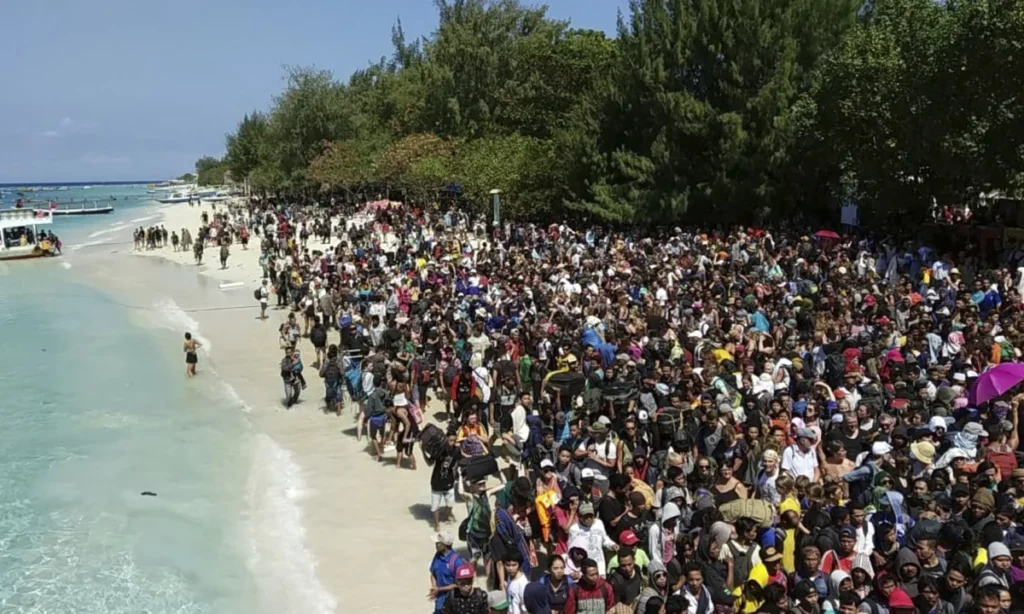
Travel Disasters: Kayaking Floodwaters After the Storm
The next disaster unfolded with a totally different energy. It didn’t bring noise or sudden panic, but stillness and slowly-rising water.
In 2024, I was living part-time at an eco-community in rural Thailand. Think lush forest, dirt roads, and many, many animals. Cute ones, like dogs and cats and ducks and lizards. Also slightly less cute ones, like venomous snakes and scorpions and centipedes.
As it turned out, 2024 was also the year that parts of Thailand experienced one of the roughest rainy seasons on record. As the water levels rose, day after day, the roads disappeared.
So did the not-so-cute animals–or rather, they were swept up in the murky floodwaters that we then had to navigate. I don’t know about you, but I like my snakes where I can see them, thank you very much.
Soon, the only way to get around outside of the main areas of the community was by kayak or swim. It was actually pretty fun for the first few days, but it turns out that getting your butt wet just to go to your friend’s house and back really does get old fast.
Unlike in Nepal and Lombok, there was no dramatic escape or prophecy fulfilled. Just soggy pants, sloshy shoes, and the specter of waterborne diseases and contamination.
After years of fearing and experiencing sudden disasters while traveling, I’d learned to think of resilience as something characterized by fast, smart reactions in moments of acute danger.
The slow pace of the gradually-rising floodwaters taught me about an entirely different form of strength: one that isn’t about racing against the clock or trying to predict the next big thing, but in meeting uncertainty with steady paddling, grounded presence, and a readiness to adapt and simply just be at the mercy of mother nature.
In those quiet, soggy days, I learned that resilience is as much about endurance and calm adaptation over a longer time as it is about swift action.

Stay Ready for Travel Disasters: Weathering Natural Disasters While Traveling
While I can’t promise you’ll avoid disasters if you follow certain rules (clearly, I haven’t figured that out myself), I can share what I’ve learned about getting through them in one piece.
General Travel Disaster Prep Essentials
- The number one most important part of disaster prep is having a go bag ready. Include water purification tablets or a small filter straw, non-perishable food like energy bars, nuts, and dried fruit, copies of important documents, cash in small bills, prescription medications, a first-aid kit, a multi-tool like a swiss army knife, a lighter, a whistle, and of course duct tape.
- Your strongest asset in any disaster is a calm mind. Although it’s easier said than done, it’s crucial to slow down, take a deep breath, and proceed with mindfulness.
- Make sure you have travel insurance.
Earthquakes
- If visiting an earthquake-prone region for an extended period of time, consider renting an accommodation in an earthquake-safe building. Ask when the building was built, whether it has steel reinforcement (rebar), and whether the architect built in any other earthquake-adapted features or techniques.
- You might also install an earthquake alarm, which can give you a few seconds of warning within which you can either GTFO or hide under some furniture.
- The most widespread earthquake safety wisdom maintains that you should ‘drop, cover, and hold’ in the event of an earthquake. That means hiding somewhere low under a stable piece of furniture and holding onto it.
- Running outside is actually considered more dangerous because things like awnings, flags, and even balconies can easily fall from swaying buildings, and it’s easy to get hurt when moving around during an earthquake.
- However, this often-parroted guidance usually comes from places with relatively good building standards. There is also a school of thought that says if you’re in a building not likely to withstand a strong earthquake, it’s best to try your chances at getting out.
Tsunamis
- If you’re near the sea in a seismically-active region, always have a plan in place for reaching higher ground quickly in the event of an earthquake.
Floods
- Do not walk through floodwaters unless you want to expose yourself to some fancy waterborne diseases. Floodwaters could be contaminated with agricultural chemical runoff and animal manure in rural areas, and sewage and other types of waste in cities.
I used to think my “sixth sense” meant I could feel impending disasters. Now I think it just means I’m really good at booking flights to the wrong places at the wrong times. But, maybe that’s not such a bad thing. These experiences have taught me that rather than attempting to avoid life’s chaos, the best thing is to pack a go bag, calm the mind, and learn to kayak.
When the ground shakes or the water rises, resilience isn’t necessarily about control. It’s also about staying grounded, even when the earth or the world around you refuses to be.
If you enjoyed this article, be sure to explore some of my other travel stories:
What are travel disasters?
Travel disasters are serious, unexpected events that happen while you are traveling, such as earthquakes, tsunamis, floods, tornadoes, or major storms. They go far beyond simple travel inconveniences and can affect your safety, your plans, and sometimes entire communities
How can I mentally cope with the fear of travel disasters?
It helps to shift from panic to preparation. Learn about the main natural risks at your destination, make a simple plan, and pack basic emergency items. When you know you have thought things through, it is much easier to stay calm if a real travel disaster happens.
How can I prepare for travel disasters before I leave home?
Before your trip, look up what kinds of natural disasters are most likely where you are going. Choose safer accommodation when possible, for example in earthquake resistant or flood safe buildings. Put together a small kit for travel disasters and save emergency numbers and maps offline on your phone.
What should I do if I am near the ocean and an earthquake happens?
In a seismically active coastal area, a strong or long earthquake can be a natural tsunami warning. If you feel a big quake near the sea, move quickly to higher ground and away from the shoreline. Do not wait for an official alert. For travelers, this simple habit can prevent some of the worst outcomes of coastal travel disasters.
Is it safe to walk in floodwaters while traveling?
Generally it is not safe. Floodwaters can hide open holes, sharp debris, strong currents, and electrical hazards. They are often contaminated with sewage, chemicals, or animal waste. To avoid turning a difficult situation into a full travel disaster, avoid wading through floodwaters unless you have absolutely no other choice.
Do I need travel insurance that covers natural disasters?
Yes, it is a good idea to choose travel insurance that clearly covers natural disasters and emergency evacuation. Read the fine print to see what counts as covered travel disasters, how medical care is handled, and whether you are protected if you need to leave a destination early due to an earthquake, flood, or other major event.

